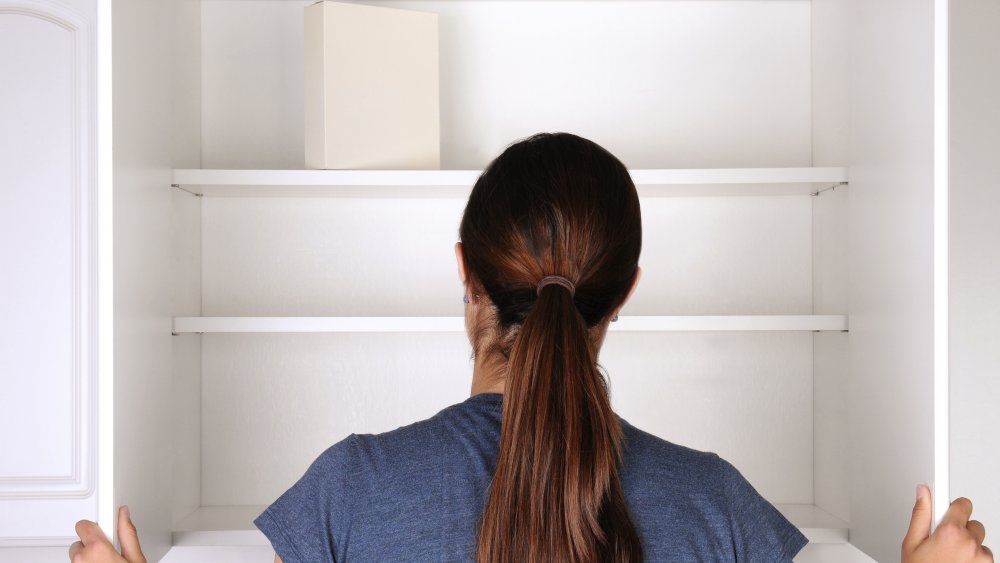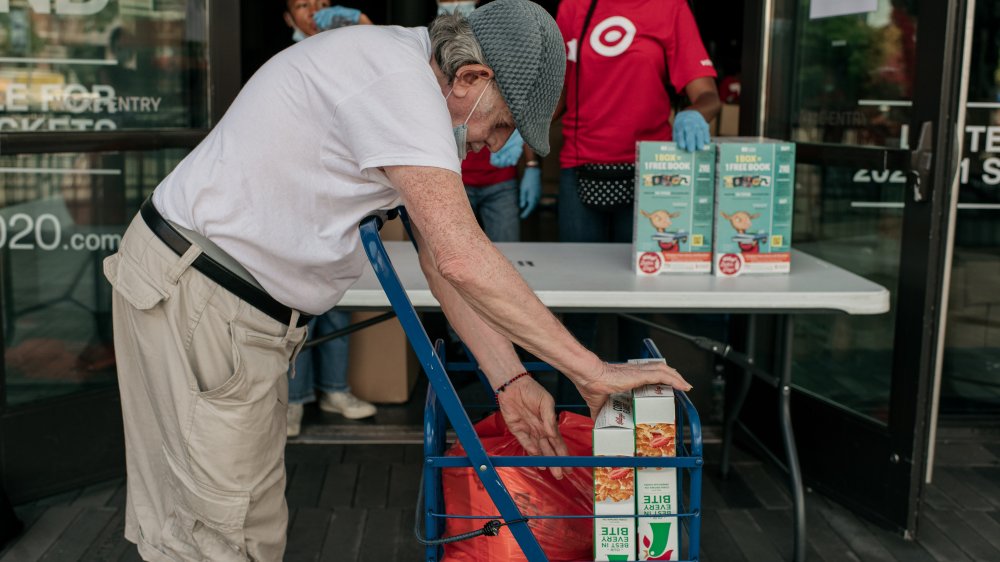The Truly Shocking Food News To Emerge From The Census
A special survey undertaken this year by the U.S. Census has revealed an alarming trend during the COVID-19 pandemic. Although the pandemic and resulting economic shutdown have dragged on for months, the Census Bureau is reporting that the food insecurity problem is only getting worse. During the third week of July, 30 million out of 249 million people contacted by the Census Bureau said they did not have enough food (via CNN). This was the largest number of people reporting food insecurity since the Census Bureau started asking the question in early May.
According to the Brookings Institution, the number of households reporting that children weren't getting enough to eat was significantly higher than during the Great Recession's peak. The current number of households with food-insecure children is also higher than during all of 2018. Food insecurity is different than hunger, as CNN explains. Food insecurity is inadequate access to nutritional food. Hunger is a physical condition that can result from food insecurity.
Food banks are struggling to keep up with demand
During normal times, food banks do a good job of filling the gaps in family pantries. But these aren't normal times. The pandemic has forced some food banks to close, while others are dealing with a sharp increase in demand, disruptions to their supply chains, and volunteer shortages — all due to COVID-19. The hunger relief organization Feeding America predicted that the number of households experiencing food insecurity will only increase in the coming months. This growing problem requires a government solution, Feeding America officials said (via CNN). The group is calling for an increase in federal food assistance through the SNAP program (previously known as food stamps), and an extension of the pandemic EBT program launched to support children who qualify for free school lunches, but aren't attending school because of the pandemic.
The current food-insecurity problem is even worse for people of color, according to Brookings. In June, about 30 percent of Black households and 25 percent of Hispanic households reported their children weren't getting enough to eat. The food-insecurity rate for children in white households was less than 10 percent.

